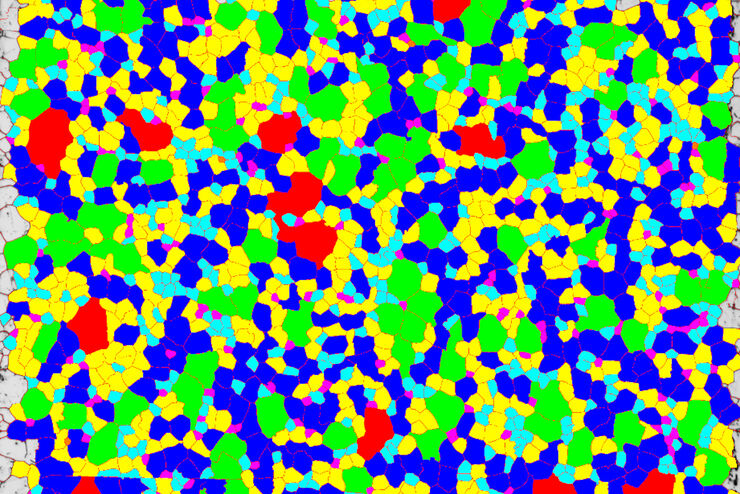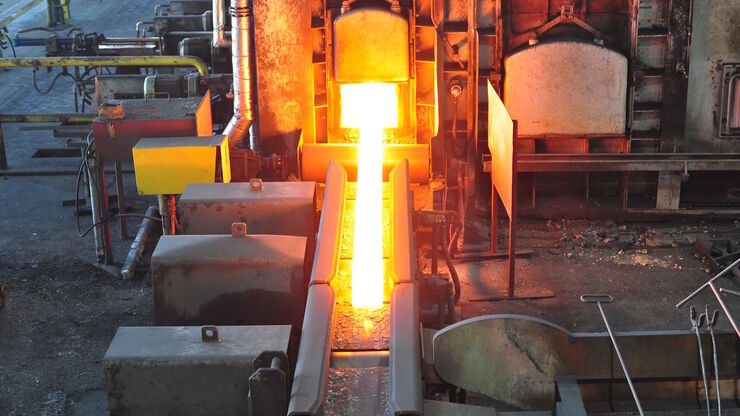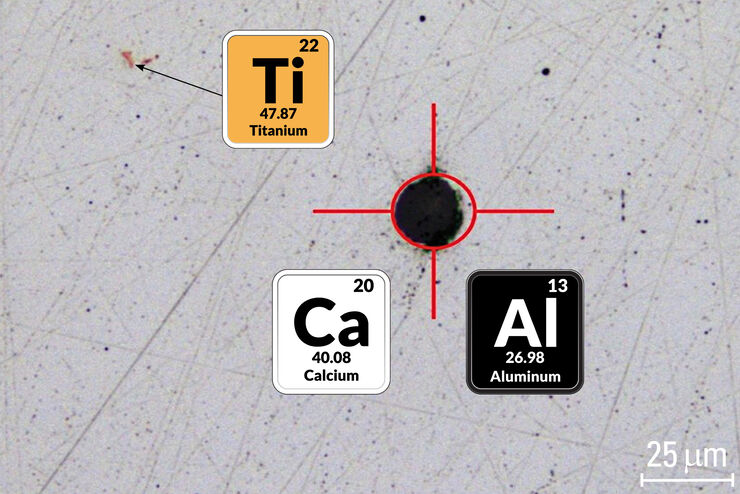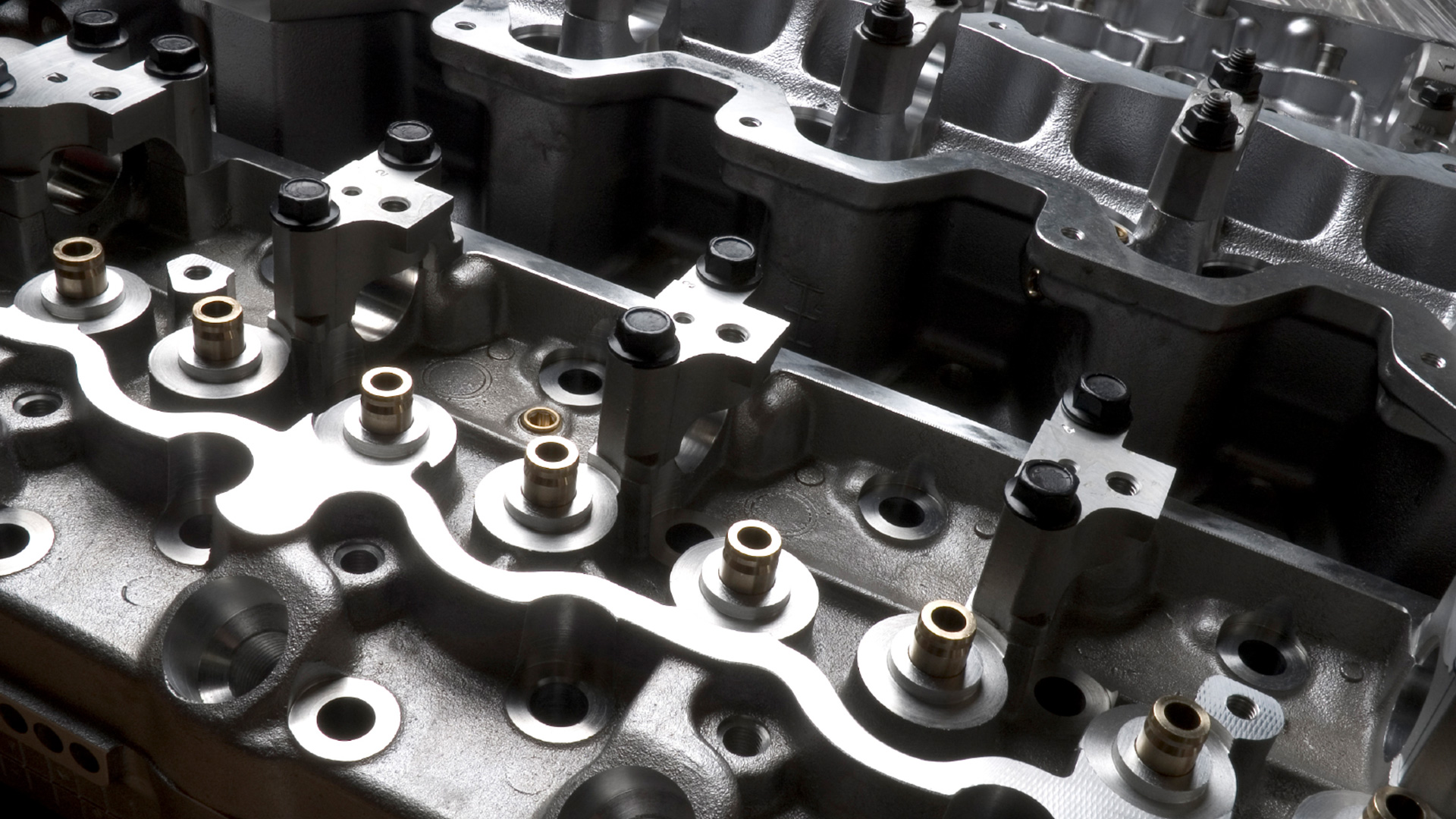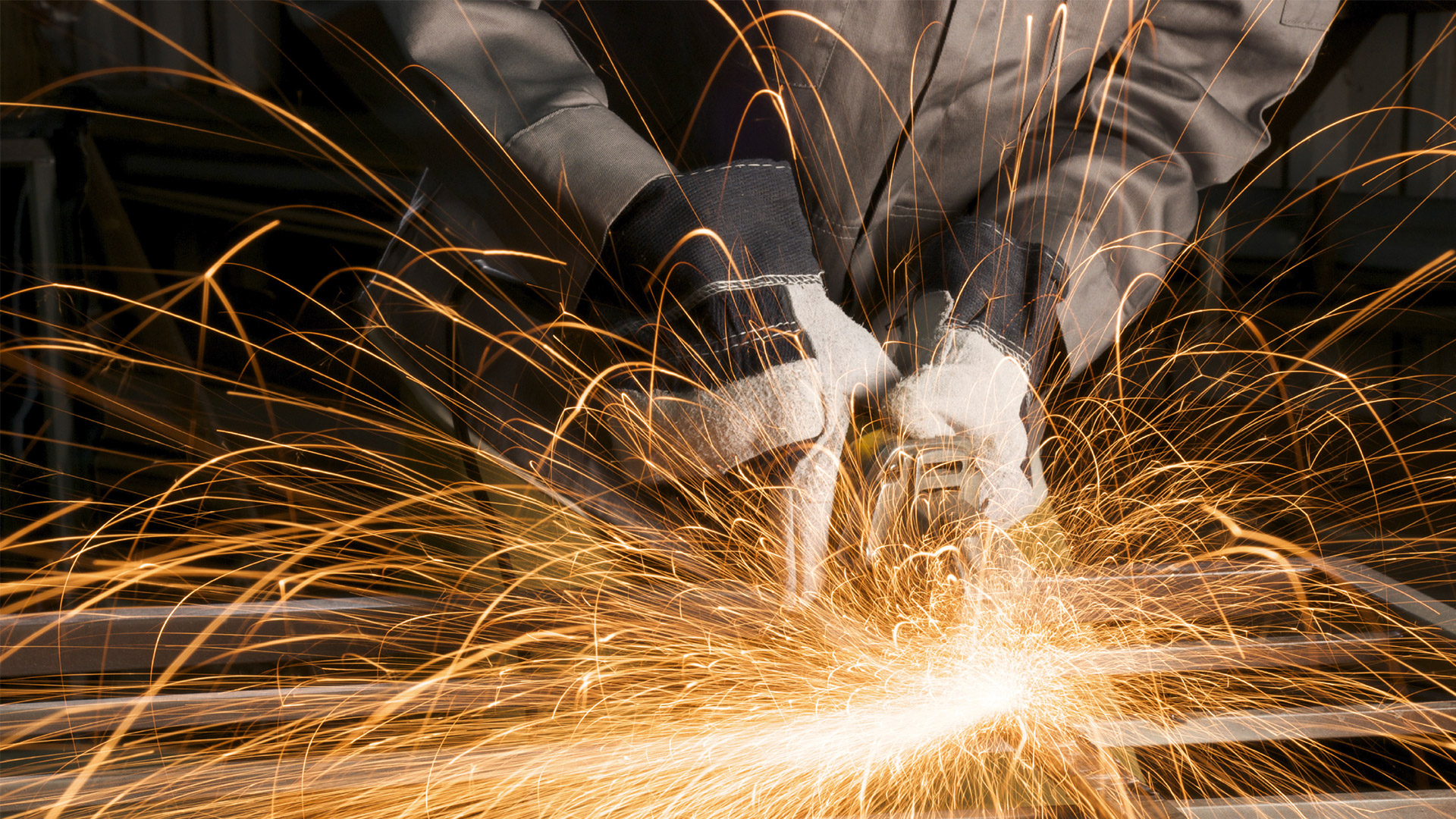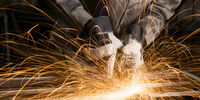Steel Quality Rating
An improved efficiency for non-metallic inclusion rating enables steel suppliers and industry manufacturers to verify the steel quality in less time in order to ensure reliable performance and long lifetime. Ever-stricter specifications and standards require rigorous rating of non-metallic inclusions in accordance with international, regional, and organizational standards. For example:
International: ISO 4967, EN 10247, and ASTM E45
Regional: DIN 50602, GB/T 10561, IS 4163, JIS G0555, KSD 0204, and SEP 1571
Organizational: User-defined standards in accordance with organizational norms
Please contact us for personal expert advice on our microscopy solutions for steel quality and rating of non-metallic inclusions.
non-metallic inclusion
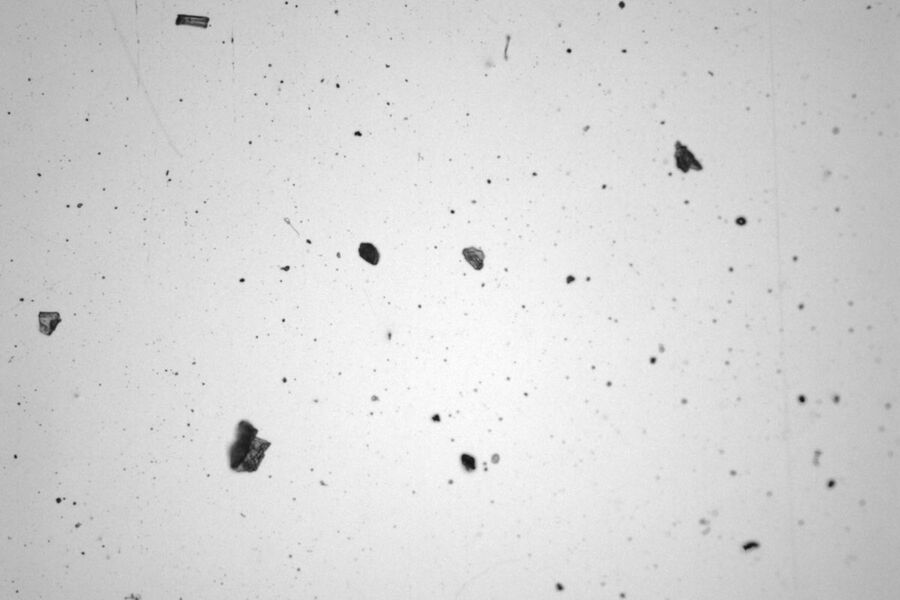
Rating non-metallic inclusions in steel is crucial
Non-metallic inclusions are foreign substances in steel which disrupt the homogeneity of the microstructure. They can have considerable influence on the steel’s mechanical properties affecting performance and lifetime. Therefore, rating non-metallic inclusions is important for evaluating steel quality.
Challenges for non-metallic inclusion rating
Steel suppliers and industry manufacturers need to achieve high inclusion-rating throughput to save time and ensure compliance with various, regularly changing steel standards. Finding steel non-metallic inclusions can be challenging. Often a large sample area is inspected and detected inclusions of interest are analyzed in greater detail.
Rating inclusions can take too long and different standards require different inclusion classifications – mainly based on inclusion length or area. The length is typically defined as the largest inclusion dimension. However, there are various definitions for inclusion width which are often difficult to apply for optical microscope inspection. Consequently, inclusion area rating by visual comparison to references and manual measurement not only reduces throughput, but also reproducibility of results.
International and regional inclusion rating standards are being updated more frequently and organizational norms and processes can change at any time. The ability for users to adapt quickly to these changes is critical.
How does an Automated Rating Solution for Steel Inclusions Work?
The rating of non-metallic inclusions (NMIs) to determine steel quality is critical for many industrial applications. For an efficient and cost-effective steel quality evaluation, an automated NMI rating solution offers clear advantages when compared to manual rating.
Advantages of the Steel Quality Solution Suite
Rate non-metallic inclusions more efficiently and adapt easily to future changes in standards or organizational specifications.
The solution suite allows you to:
- Detect and classify non-metallic inclusions by manual and automated image analysis
- Be easily guided through data acquisition and analysis with the workflow-oriented user interface
- Review rated inclusions faster and easier with a simultaneous sample overview and detailed view of a specific region of interest with the Dual Viewer and inclusion visualization
- Adapt quickly to changes in official inclusion rating standards and organizational norms and processes
Get your individual solution based on 3 short questions.
Dedicated configurations are available for your specific needs. Answer the short questionnaire to find the right solution for your needs. If you would rather have a representative contact you, then please click here to fill out your contact information.
Contact us{{ question.questionText }}
Please select an answer!
Best Match
{{ resultProduct.header }}
{{ resultProduct.subheader }}
{{ resultProduct.description }}
{{ resultProduct.features }}
Request Your Information Package
Find the solution for your needs
To find the right solution, some important questions to consider
How often do you rate non-metallic inclusions in steel?
Which steel grades do you analyze?
How do you want to report the results?
Find the solution for your needs
The Steel Quality solution suite provides different complete workflow solutions to help you ensure the quality of steel. Dedicated configurations are available for your specific needs.
Standard: Is the perfect choice for occasional analysis of individual and small samples which favors worst field method analysis.
Advanced: Enables repeatable and standardized analysis of small samples for regular usage and worst field method analysis. It can be upgraded with additional metallographic analysis.
Professional: Allows automated, repeatable and standardized analysis of large samples for frequent usage and either worst field or worst inclusion method analysis. It can be upgraded with both additional metallographic and chemical analysis.
All configurations of the Steel Quality solution suite are available with upright as well as inverted microscopes.

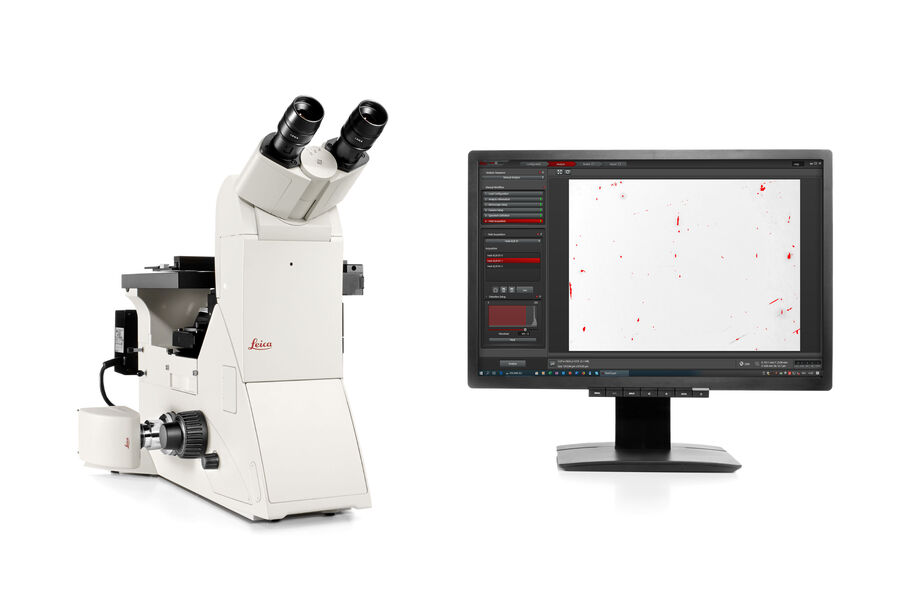
Use Standard Configuration for
- Individual analysis
- Occasional usage (1-2 times/week)
- Reporting according worst field method
- Documentation in tabular format + occasional documentation of microscope settings and raw images
- Small sample (Ø < 4 cm)
- Standard grade steel
- No additional metallographic analysis required in future

Use Advanced Configuration for
- Standardized analysis (repeatable and reproducible settings)
- Regular usage (1-2 times/day)
- Reporting according worst field method (predominantly)
- Documentation in tabular format + documentation of microscope settings and raw images (full traceability)
- Small sample (Ø < 4 cm)
- Standard grade steel
- Upgrades for additional metallographic analysis
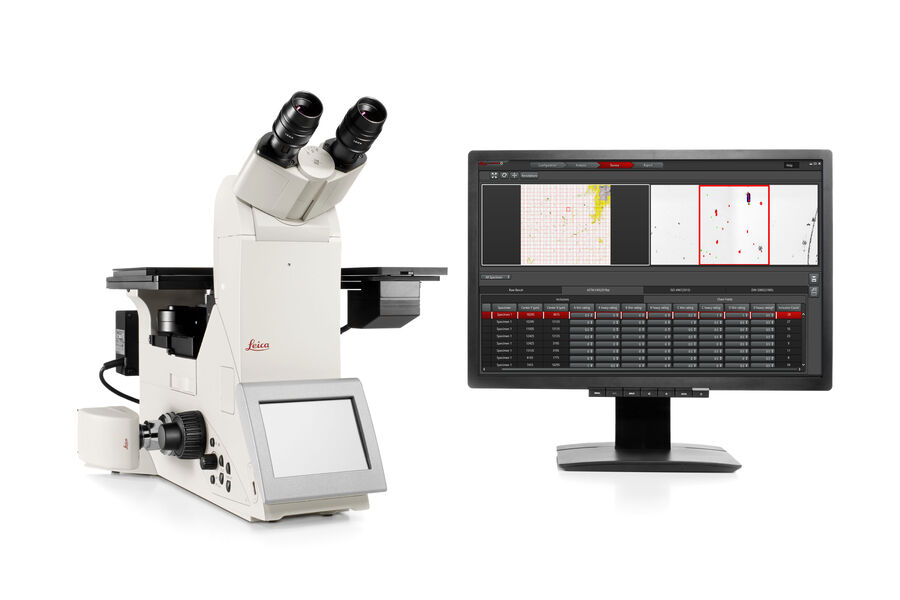
Use Professional Configuration for
- Highly standardized analysis (automated, repeatable and reproducible settings) of sample batches
- Heavy usage (several hours/day)
- Reporting according worst field method and worst inclusion method
- Documentation in tabular format + documentation of microscope settings and raw images (full traceability)
- Large scale sample (Ø > 4 cm)
- Lower grade steel with large inclusions (requiring mosaic imaging), machine and higher grade steel with many or small inclusions
- Upgrades for additional metallographic + chemical analyses using LIBS (only DM6 M upright microscope)






